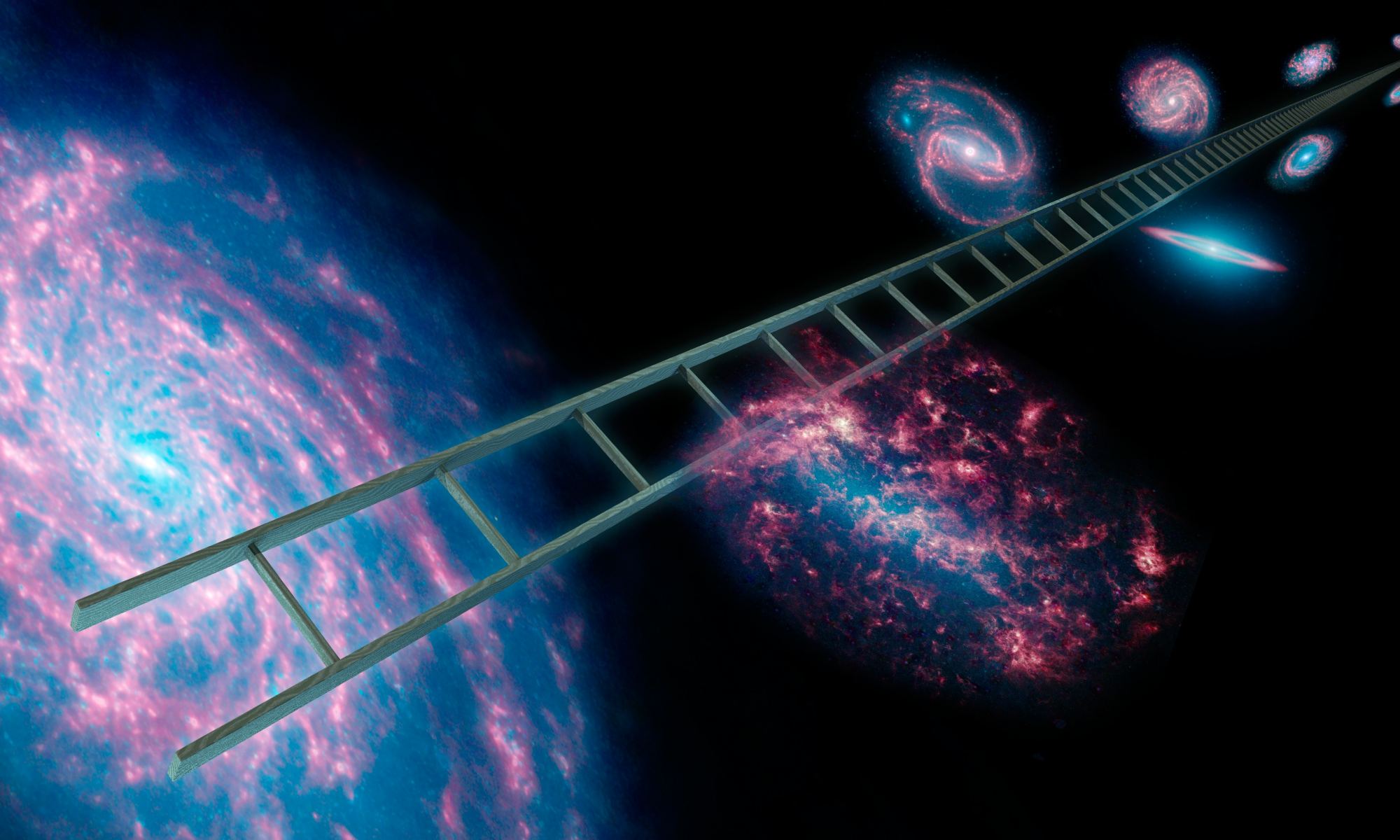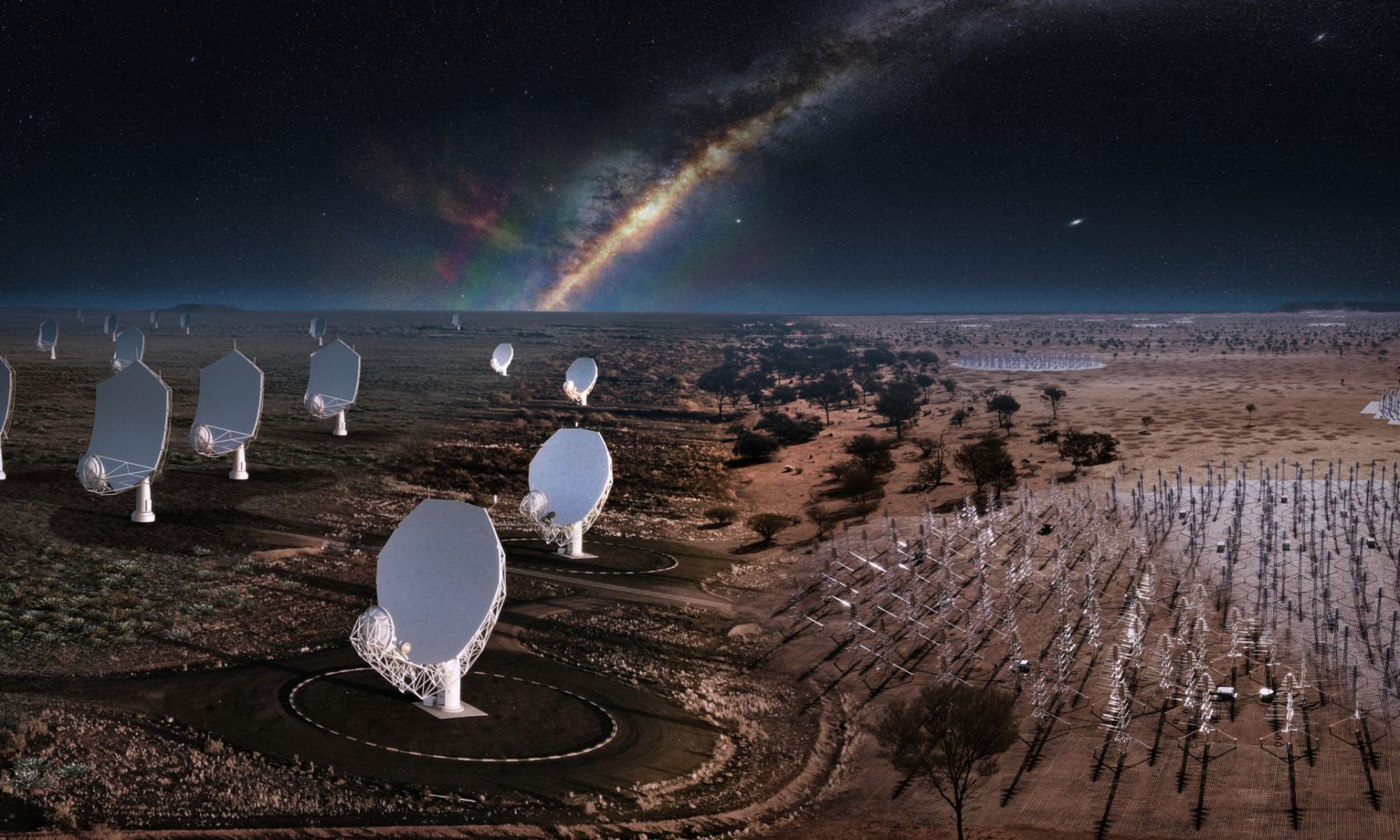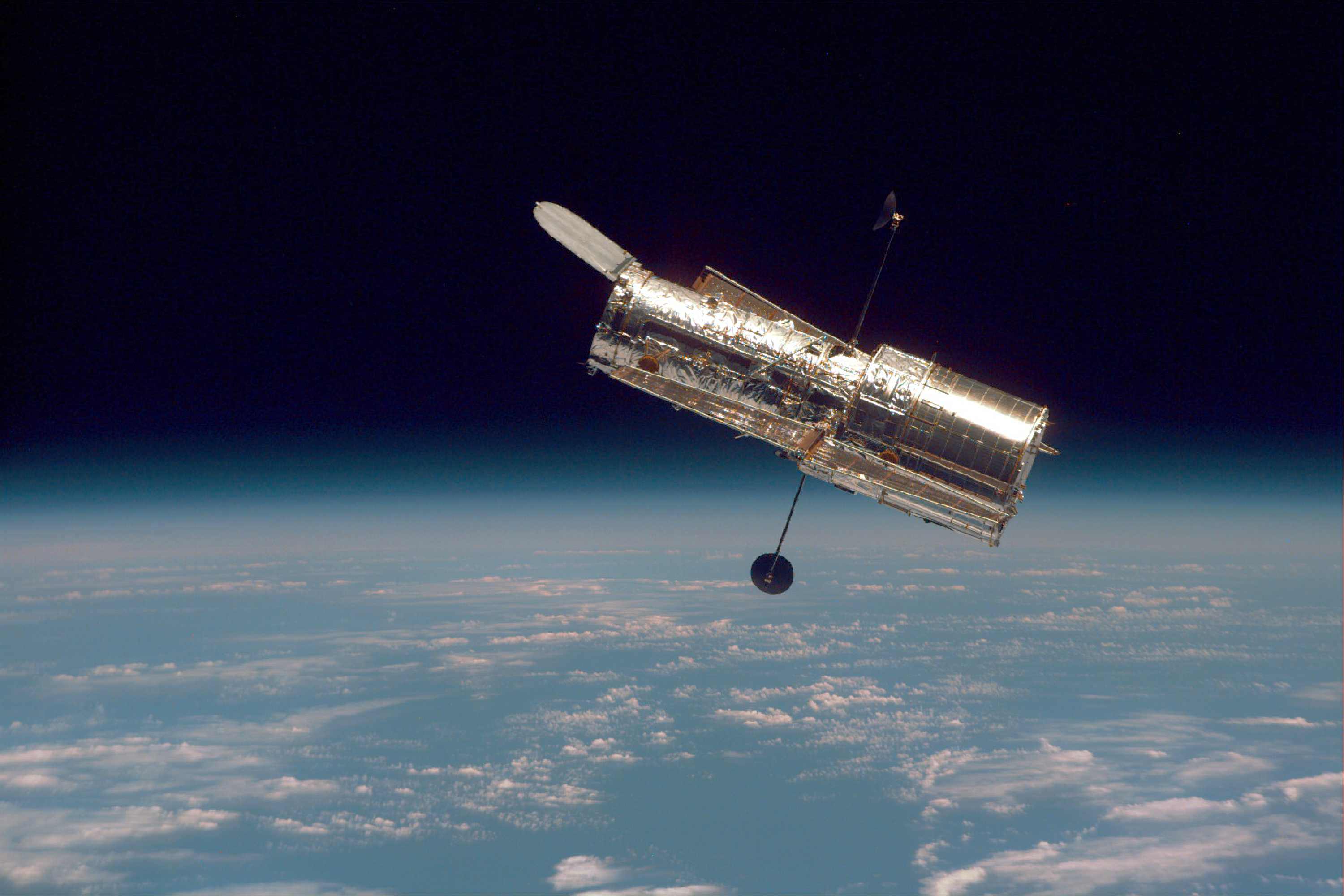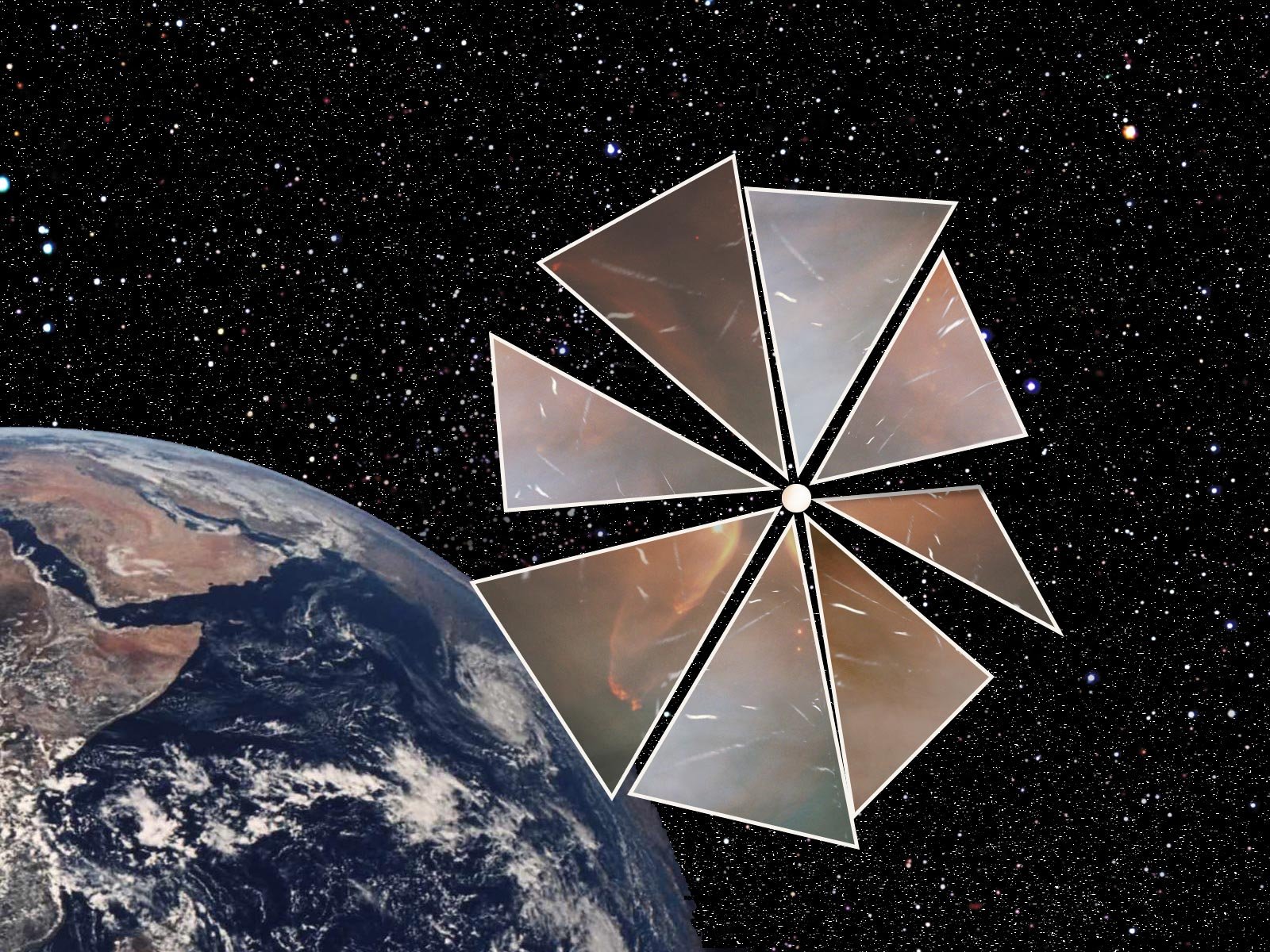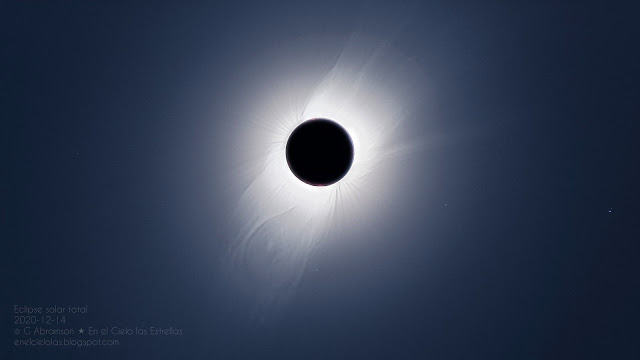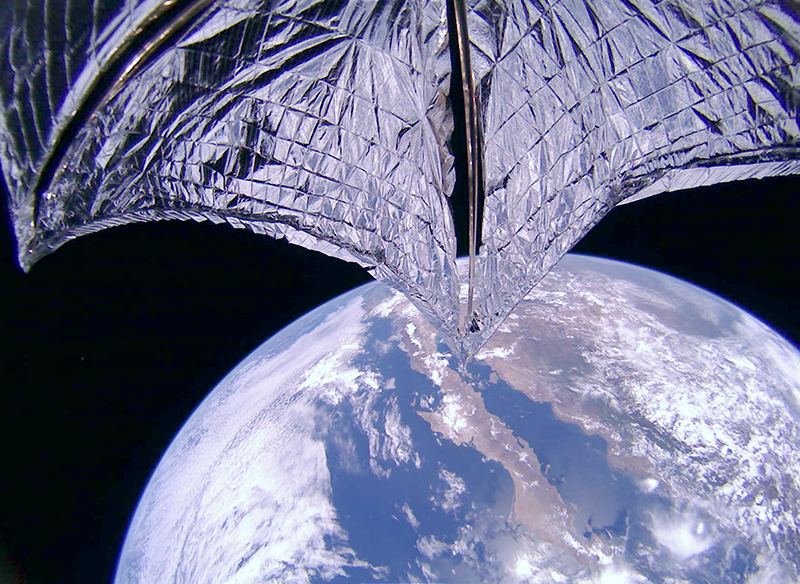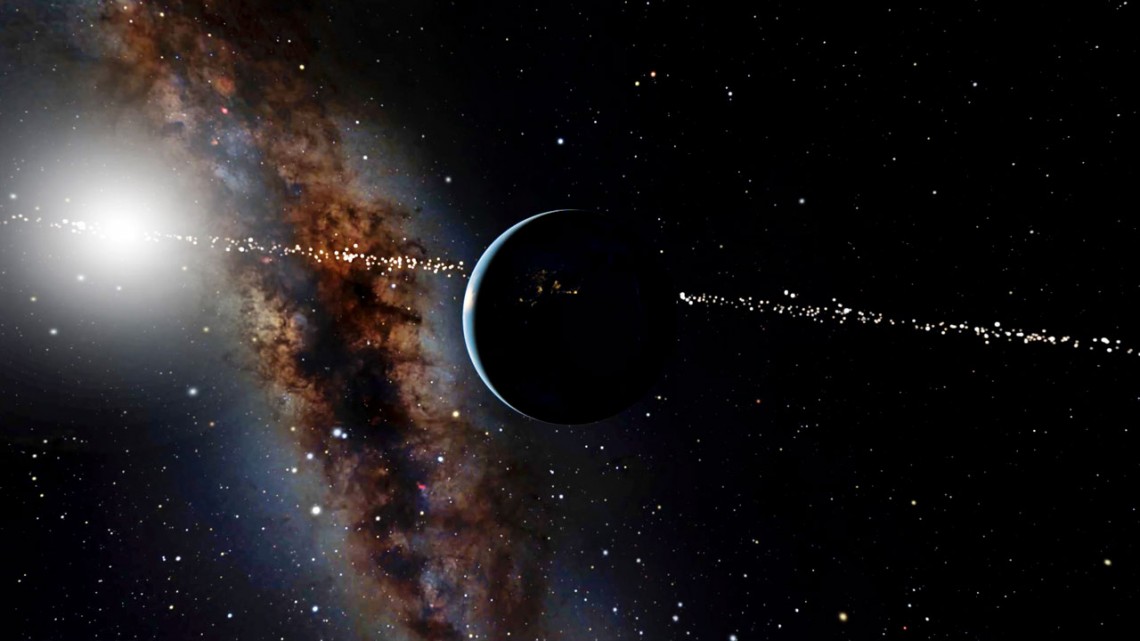The standard model of cosmology is known as the LCDM model. Here, CDM stands for Cold Dark Matter, which makes up most of the matter in the universe, and L stands for Lambda, which is the symbol used in general relativity to represent dark energy or cosmic expansion. While the observational evidence we have largely supports the LCDM model, there are some issues with it. One of the most bothersome is known as cosmic tension.
Continue reading “The "Crisis in Cosmology" Might not be a Crisis After all”The Square Kilometer Array has Gotten the Official Green Light to Begin Construction
In Australia and South Africa, there are a series of radio telescopes that will be soon joined by a number of newly-constructed facilities to form the Square Kilometer Array (SKA). Once established, the SKA will have a collecting area that measures a million square meters (close to 2 million square yards). It will also be 50 times more sensitive than any radio telescope currently in operation, and be able to conduct surveys ten thousand times faster.
During a historic meeting that took place on June 29th, 2021, the member states that make up the SKAO Council voted to commence construction. By the late 2020s, when it’s expected to gather its first light, the array will consist of thousands of dishes and up to a million low-frequency antennas. These will enable it to conduct all kinds of scientific operations, from scanning the earliest periods in the Universe to searching for extraterrestrial intelligence (SETI).
Continue reading “The Square Kilometer Array has Gotten the Official Green Light to Begin Construction”The Center of the Milky Way is the Most Likely Place to Find a Galactic Civilization

Aim for the Center
The Milky Way is 13 BILLION years old. Some of our Galaxy’s oldest stars were born near the beginning of the Universe itself. During all these eons of time, we know at least one technological civilization has been born – US!
But if the Galaxy is so ancient, and we know it can create life, why haven’t we heard from anybody else? If another civilization was just 0.1% of the Galaxy’s age older than we are, they would be millions of years further along than us and presumably more advanced. If we are already on the cusp of sending life to other worlds, shouldn’t the Milky Way be teeming with alien ships and colonies by now?
Maybe. But it’s also possible that we’ve been looking in the wrong place. Recent computer simulations by Jason T. Wright et al suggest that the best place to look for ancient space-faring civilizations might be the core of the Galaxy, a relatively unexplored target in the search for extra terrestrial intelligence.
NASA Continues to Try and Rescue Failing Hubble
Things are not looking very good for the Hubble Space Telescope right now. On Sunday, June 13th, the telescope’s payload computer suddenly stopped working, prompting the main computer to put the telescope into safe mode. While the telescope itself and its science instruments remain in working order, science operations have been suspended until the operations team can figure out how to get the payload computer back online.
While attempting to restart the computer, the operations team has also tried to trace the issue to specific components in the payload computer and switch to their backup modules. As of June 30th, the team began looking into the Command Unit/Science Data Formatter (CU/SDF) and the Power Control Unit (PCU). Meanwhile, NASA is busy preparing and testing procedures to switch to backup hardware if either of these components are the culprit.
Continue reading “NASA Continues to Try and Rescue Failing Hubble”A Small Satellite With a Solar Sail Could Catch up With an Interstellar Object
When Oumuamua, the first interstellar object ever observed passing through the Solar System, was discovered in 2017, it exhibited some unexpected properties that left astronomers scratching their heads. Its elongated shape, lack of a coma, and the fact that it changed its trajectory were all surprising, leading to several competing theories about its origin: was it a hydrogen iceberg exhibiting outgassing, or maybe an extraterrestrial solar sail (sorry folks, not likely) on a deep-space journey? We may never know the answer, because Oumuamua was moving too fast, and was observed too late, to get a good look.
It may be too late for Oumuamua, but we could be ready for the next strange interstellar visitor if we wanted to. A spacecraft could be designed and built to catch such an object at a moment’s notice. The idea of an interstellar interceptor like this has been floated by various experts, and funding to study such a concept has even been granted through NASA’s Innovative Advanced Concepts (NIAC) program. But how exactly would such an interceptor work?
Continue reading “A Small Satellite With a Solar Sail Could Catch up With an Interstellar Object”To Take the Best Direct Images of Exoplanets With Space Telescopes, we’re Going to Want Starshades
Between 2021 and 2024, the James Webb (JWST) and Nancy Grace Roman (RST) space telescopes will be launched to space. As the successors to multiple observatories (like Hubble, Kepler, Spitzer, and others), these missions will carry out some of the most ambitious astronomical surveys ever mounted. This will range from the discovery and characterization of extrasolar planets to investigating the mysteries of Dark Matter and Dark Energy.
In addition to advanced imaging capabilities and high sensitivity, both instruments also carry coronagraphs – instruments that suppress obscuring starlight so exoplanets can be detected and observed directly. According to a selection of papers recently published by the Journal of Astronomical Telescopes, Instruments, and Systems (JATIS), we’re going to need more of these instruments if we truly want to really study exoplanets in detail.
Continue reading “To Take the Best Direct Images of Exoplanets With Space Telescopes, we’re Going to Want Starshades”Modern Solar Eclipse Science: Huge Coronal Mass Ejection Caught in Action
There’s an old adage that says there is ‘nothing new under the Sun…’ but that doesn’t apply when it comes to solar eclipse science.
Beyond just providing an awesome celestial spectacle, astronomers have often taken advantage of the brief moments afforded by solar totality to explore the Sun and its environs. To this end, total solar eclipses have historically offered chances to carry out scientific experiments in the past, and continue to do so today.
Continue reading “Modern Solar Eclipse Science: Huge Coronal Mass Ejection Caught in Action”LightSail 2 Has Now Been in Space for 2 Years, and Should Last Even Longer Before Re-Entering the Atmosphere
The Planetary Society’s crowdfunded solar-sailing CubeSat, LightSail 2, launched on June 25th 2019, and two years later the mission is still going strong. A pioneering technology demonstration of solar sail capability, LightSail 2 uses the gentle push of photons from the Sun to maneuver and adjust its orbital trajectory. Within months of its launch, LightSail 2 had already been declared a success, breaking new ground and expanding the possibilities for future spacecraft propulsion systems. Since then, it’s gone on to test the limits of solar sailing in an ongoing extended mission.
Continue reading “LightSail 2 Has Now Been in Space for 2 Years, and Should Last Even Longer Before Re-Entering the Atmosphere”The First Chinese Crew is Busy on their New Space Station
On Thursday, June 17th, China took another major step in its ongoing drive to become a superpower in space. Just two months after the core module of the Tiangong space station (literally, “Heavenly Palace”) was sent to orbit, the three astronauts that will be the station’s first crew launched to space. The mission, Shenzhou 12, lifted off atop a Long March-2F rocket at 09:22 p.m. on Wednesday evening local time (09:22 a.m. EDT; 06:22 a.m. PDT) from the Jiuquan launch center in the Gobi desert.
Continue reading “The First Chinese Crew is Busy on their New Space Station”Aliens in 2,034 Nearby Star Systems Could use the Transit Method to see Earth
For centuries, human beings have speculated about the existence of planetary systems (much like our own) orbiting other stars. However, it has only been in the past few decades that scientists have been able to detect and study these distant worlds. To date, astronomers have used various methods to confirm the existence of 4,422 extrasolar planets in 3,280 star systems, with an additional 7,445 candidates awaiting confirmation.
Naturally, this raises some questions. If there is intelligent life out there that has similar capabilities to our own – and the same burning sense of curiosity – could it be watching us too? Equally important is the question of how many of be able to detect us. According to new research conducted by a team from Cornell and the American Museum of Natural History, there are 2,034 star systems within 326 light-years of Earth that would be watching us right now!
Continue reading “Aliens in 2,034 Nearby Star Systems Could use the Transit Method to see Earth”
